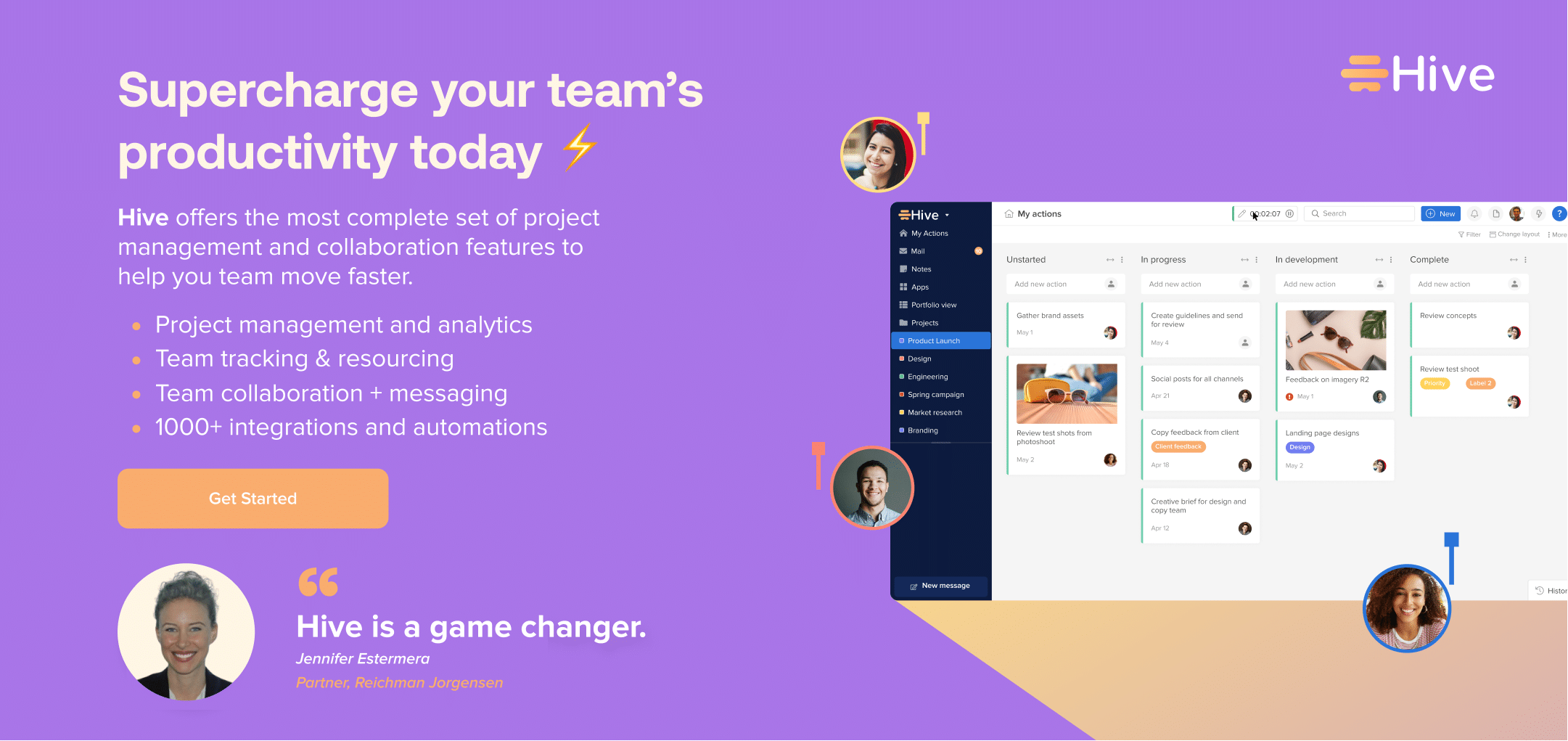It’s one thing to manage – or even communicate – with a team remotely. That is something that a large percentage of us have gotten familiar with over the past few years, whether our jobs were nomadic pre-pandemic or not. It’s entirely another level of professionalism to build, manage and collaborate with a global team. But with 25% of employees working on 100% remote teams worldwide, this is a factor that is continuing to trend upward post-pandemic.
Expanding into the international space to recruit new hires is a spectacular way to build your business. It gives a wider pool of talent to choose from. This is especially helpful for hiring managers and talent acquisition firms in markets that are less saturated with talent that matches their work needs. It can also bring a new perspective to the team you otherwise never would have considered. Some other sound reasons to hire on a global scale?
- It can give your brand visibility on an international scale. When people in different countries share company updates or information with their network, it lends more eyes to your cause from different regions.
- Because of the expanded perspective opportunities, it can encourage partnerships and opportunities you otherwise would not have engaged in.
- Catering your work to a global audience could actually improve operational efficiency and performance. For example, these varying perspectives can help decrease failure opportunities by noticing potential hiccups before you launch a project.
- Your support structure is flexible. Existing in different parts of the world and operating with different timezones means there is most likely someone available to you to bounce ideas off of (respectfully), be it between the structured 9 to 5 working hours or during a 2am bout with insomnia.
So, how do you go about building a global team? How can you get access to hiring mechanisms that allow you to encourage international candidates, and what’s the process like in working with them successfully?
1. Create a sustainable framework
Is your company established, or are you just starting out? Even companies that have been around for years aren’t always set up with a mission or charter and the expectations around it. However, in order to expand on an international scale – and do so sustainably – having that core purpose and clarifying it to the team is incredibly important. In fact, one of the main contributors to the demise of a global team is misunderstanding company values and goals.
With a clearly identified and outlined set of goals, prospective employees and partners will better understand what success means to the team and be able to identify KPIs to achieve them. Having these set goals available during the hiring process is key to hiring a team with the proficiencies to achieve them, especially on an international scale.
2. Identify the company’s needs
Before you launch into the hiring process, prioritize the hiring needs of the company. What are you looking for short-term in a hire versus long-term? Are you looking to expand into a specific region of the world? (See also: framework.) Have you noticed a slew of successful candidates graduating out of a particular program in another country that you’d like to tap for talent? Is there a country you’d like to find candidates in that you can pay fairly, but may help you save in the long run due to currency differences?
Another big item to consider is what size team makes sense for your expectations and longer-term business goals over the next 9 months, 12 months, 18 months, and so on. If you’ve perfected your hiring process, it can be easy to jump the gun and hire more help than you need or are willing to train correctly at any given time. Try to be mindful of how many hires you are approaching, and how their current region, language or set of skills could shift your business.
For instance, if you’re considering expanding your business presence in Asia, China stands out as an example. In such cases, collaborating with a reputable PR agency in China can be instrumental. Not only does it allow you to tap into the local talent pool efficiently, but it also ensures that your company’s message is effectively communicated in the diverse and dynamic Chinese market. This strategic approach can enhance your hiring process and contribute to the overall success of your business expansion into China.
3. Build sound marketing material
Create a professional web presence
Before approaching the hiring process – especially on a global scale – it is important to display to your potential hires that you are operating with professionalism. Make sure that any material you are presenting to potential hires or investors is impressive and clean. Do you have a website or landing page? Many people do their due diligence and research potential clients and employers with a fine-toothed comb to ensure they aren’t getting wrapped up in a pyramid scheme or scam. If your site does not look professional – or worse, you don’t have a site yet – this could be a red flag.
Even if you are a brand new company and have yet to secure employees with graphic design or branding experience, you can use a reputed web designing company to create at least a landing page for your business. This way potential community members and clients know where to find you eventually. Placeholder landing pages are much more professional than searching a company’s name and getting 404 errors or bids for domain names through hosting sites. You should also make sure you use a quality and reliable platform to build your business website — for example, Macintosh hosting would be one great solution.
This is true for social media as well. Create or secure media accounts for the platforms you are interested in joining and building communities through (Linkedin, Facebook, Twitter, Instagram, TikTok, etc.) and at least fill out basic information. Keep this in mind as you reach out to potential new hires, and operate with as much transparency about your company and its goals as you can.
Create a succinct web deck
Another great piece of material that all companies will want to have on hand is a well-designed pitch deck. This is a simple word document, PDF, or slideshow that can be presented to potential international hires during video interviews or via email during the application process. In effect, it is a pitch to them about who you are and why they should work for you. It allows people to see where the company has been, what its mission is and what direction they are headed in.
Crafting a succinct web deck will allow for potential workers to identify how they can succeed and contribute to growth. You can include a few key facts about expanding into different territories and how you see it affecting the growth and mindset of your team.
No matter what you choose to present in your deck, be mindful of any language barriers that may plague your communication. Having the material translated correctly into their native language, and providing that alongside a copy in English adds a personal and thoughtful touch.
4. Schedule regular check-in opportunities
While catch-up meetings are not our favorite, there is reason to establish a regular check-in schedule, especially when onboarding international team members. Aside from the language barriers that may be present, cultural differences could affect expectations and how new hires address their work. Be clear and concise in all communication efforts, and make sure your employees all know that you are available to them.
Without micromanaging, try to schedule check-ins on a schedule that aligns with your employees’ needs. If you notice that they have been stumbling a bit with their work or with a barrier other employees might not often face, it is up to you to ask them what their needs and personal development goals are. Ask them about their approach, what you can do to support them and make sure they know they are not in trouble if they are seeking help and trying to evolve the business.
How you choose to build – and communicate with – your global team is ultimately up to you. However, maintaining open lines of communication can make a solid impact and keep everyone on the same page and feeling comfortable with their contributions.





